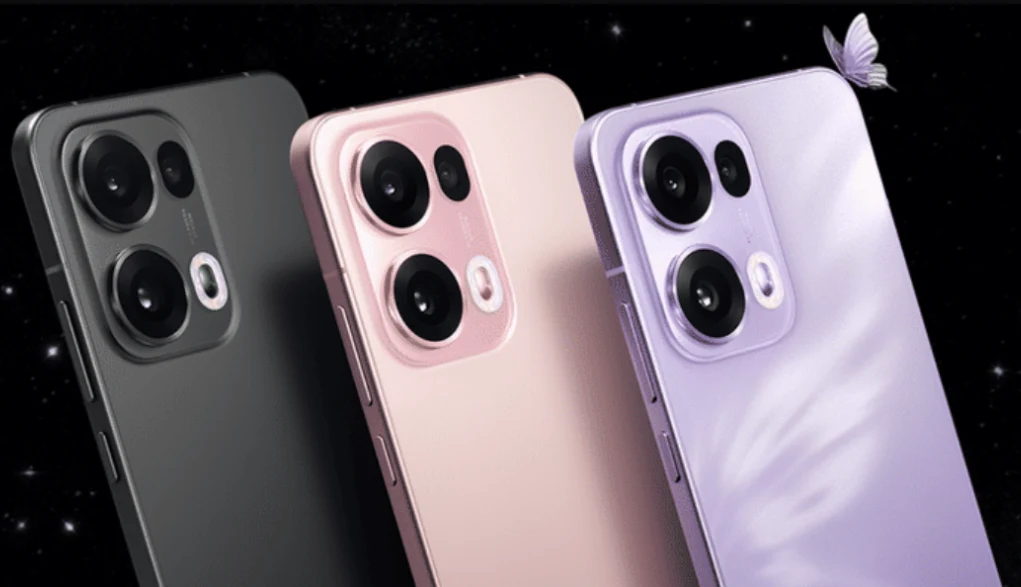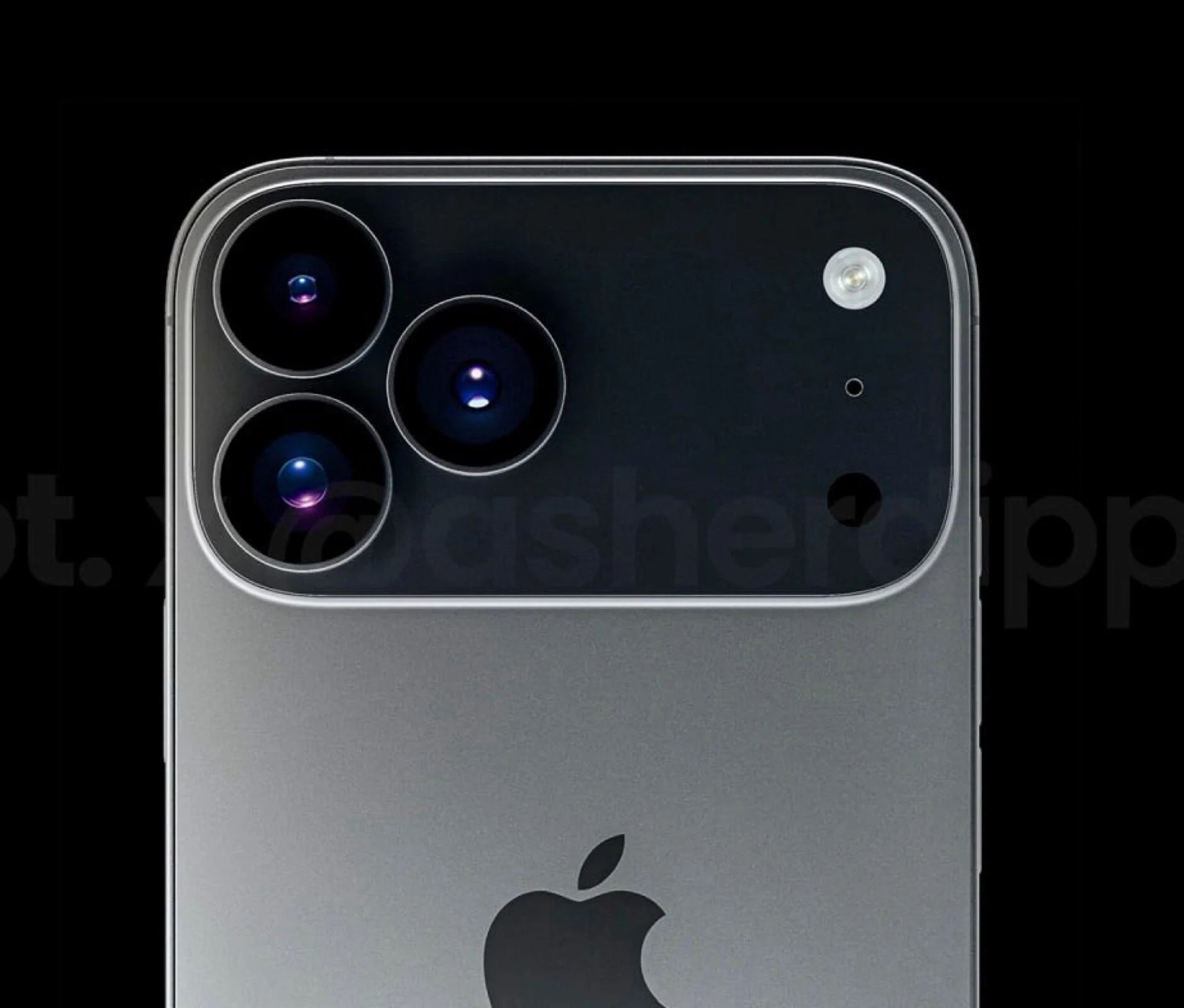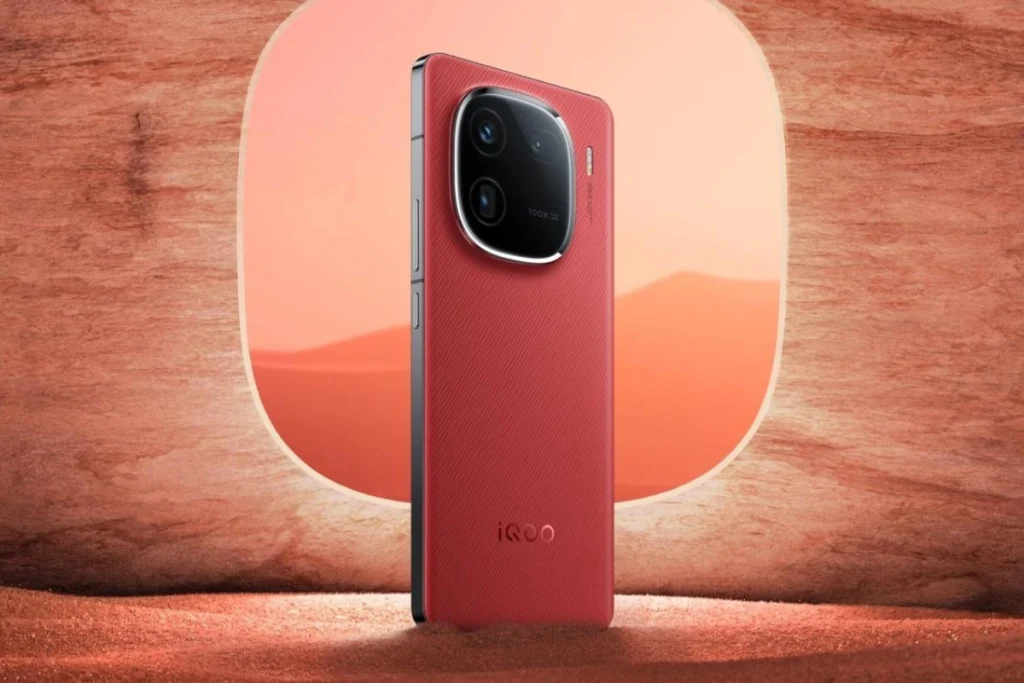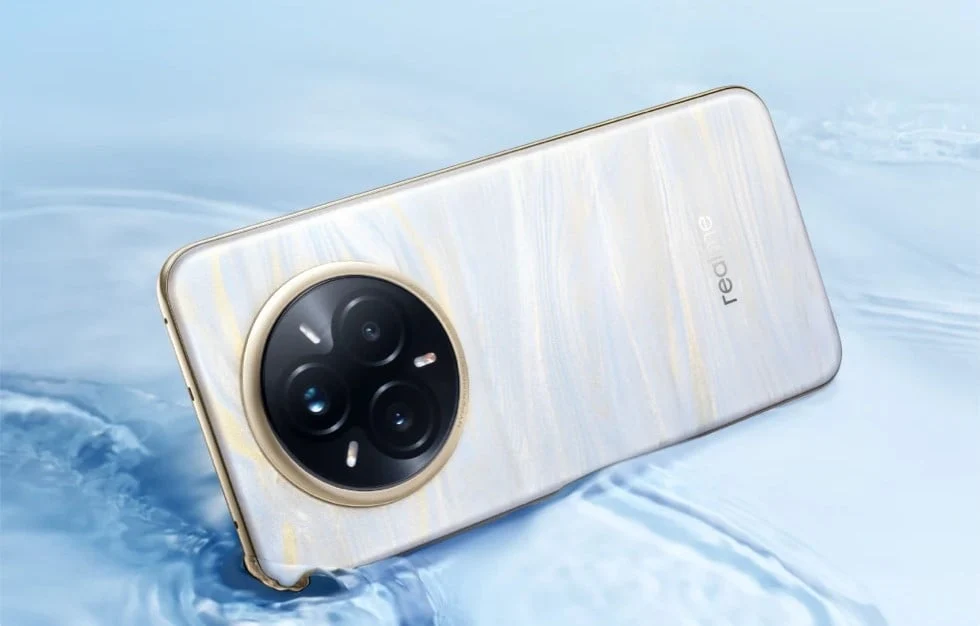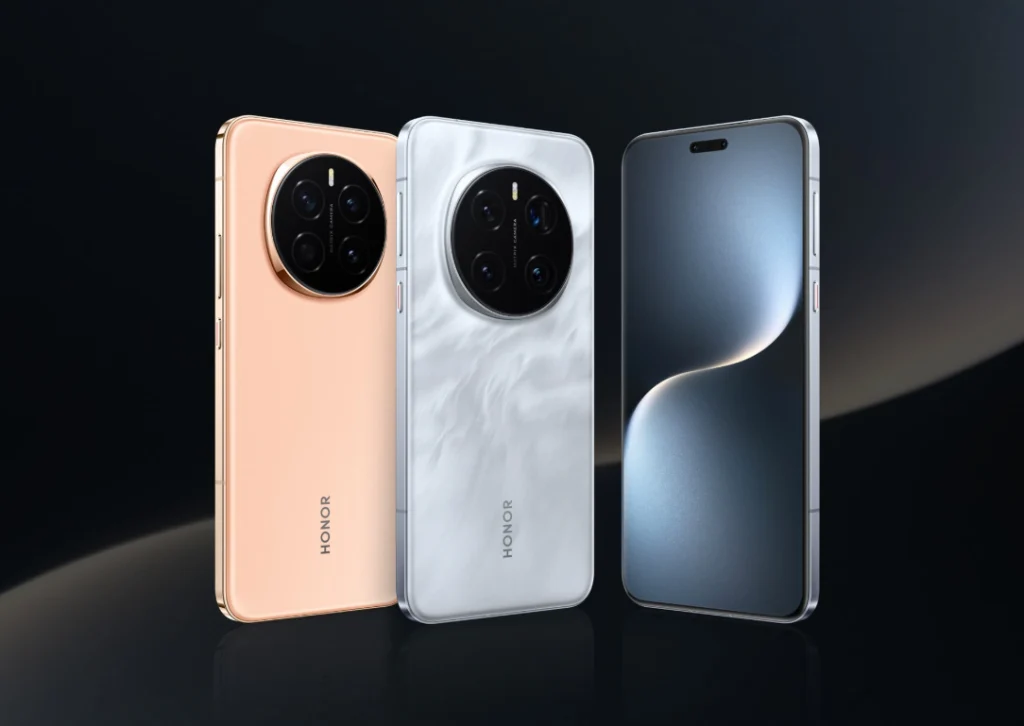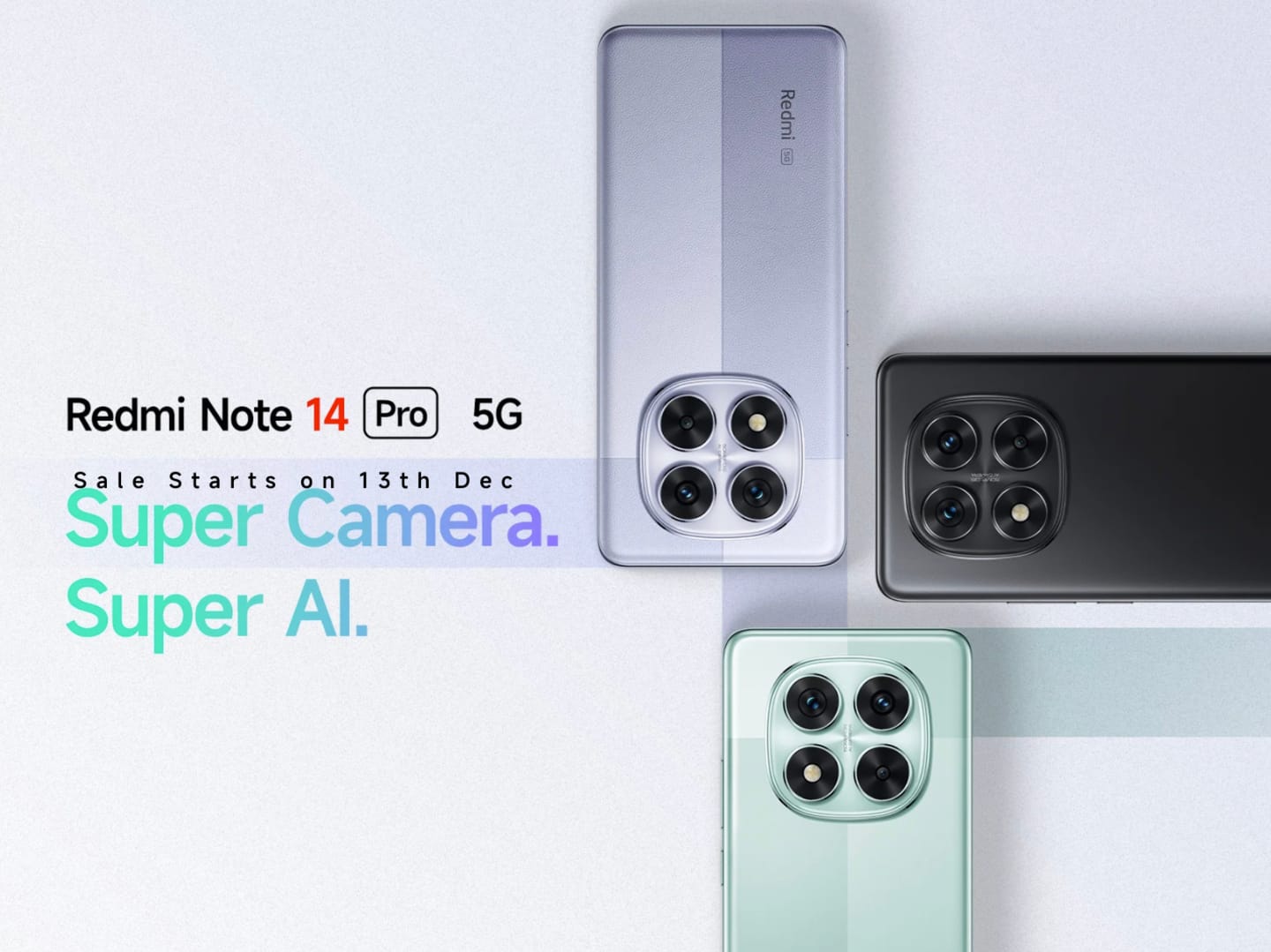Key Takeaways
1. Launch Timeline: Oppo is expected to launch the Reno 14 series around June 2025, with a focus on the Reno 14 Pro model.
2. Key Feature – Quick Button: The Reno 14 Pro will likely include a Quick Button for camera functions, similar to Apple’s Camera Control button, aiming to enhance user experience.
3. High-End Specs: The phone is rumored to feature a 3D ultrasonic fingerprint scanner, 0809 haptics, IP68/69 water and dust resistance, and a 1.5K AMOLED display.
4. Powerful Chipset and Cameras: It will be equipped with a MediaTek Dimensity 8350 chipset and a triple 50MP rear camera setup, including advanced sensors for improved photography.
5. Potential for Other Models: Similar enhancements may appear in other Oppo models, including successors to the K12 series and the OnePlus Ace 3V.
Oppo is said to be preparing to launch its upcoming Reno 14 series around the middle of 2025, with the Reno 14 Pro anticipated to offer high-end features for a mid-range smartphone.
Exciting New Features
Recent leaks suggest that the new model will come with a Quick Button for camera functionalities, echoing Apple’s Camera Control button. This feature is expected to be a major selling point of the device. The official launch for the Reno 14 Pro is likely set for June 2025.
Specs and Capabilities
As per Digital Chat Station, a tipster on Weibo, Oppo is aiming to install some high-end characteristics in this model, including a 3D single-point ultrasonic fingerprint scanner and 0809 haptics for a more engaging tactile experience. These enhancements will work alongside existing premium features like IP68/69 water and dust resistance and metallic mid-frames.
The Reno 14 Pro is also expected to sport a 1.5K AMOLED display and a robust MediaTek Dimensity 8350 (upgraded from Dimensity 8300) chipset. For photography, the device is rumored to feature a triple 50MP rear camera arrangement, incorporating a Sony IMX882/ISOCELL JN5 sensor for 3x periscope telephoto and Samsung ISOCELL JN5 sensors for mid-range shooting.
The Quick Button Advantage
A potential highlight of the Reno 14 Pro might be Oppo’s Quick Button, a capacitive button that made its first appearance in the Find X8 series. This button is made to provide fast access to camera functionalities and could also act as a shortcut for other tasks, simplifying various processes.
Reports indicate that these enhancements could also be seen in other Oppo sub-flagship models, including the successors of the K12 series, the OnePlus Ace 3V, and possibly the Nord 4. As we get closer to mid-2025, more information regarding the Reno 14 Pro and its related models is likely to surface.
Source:
Link


